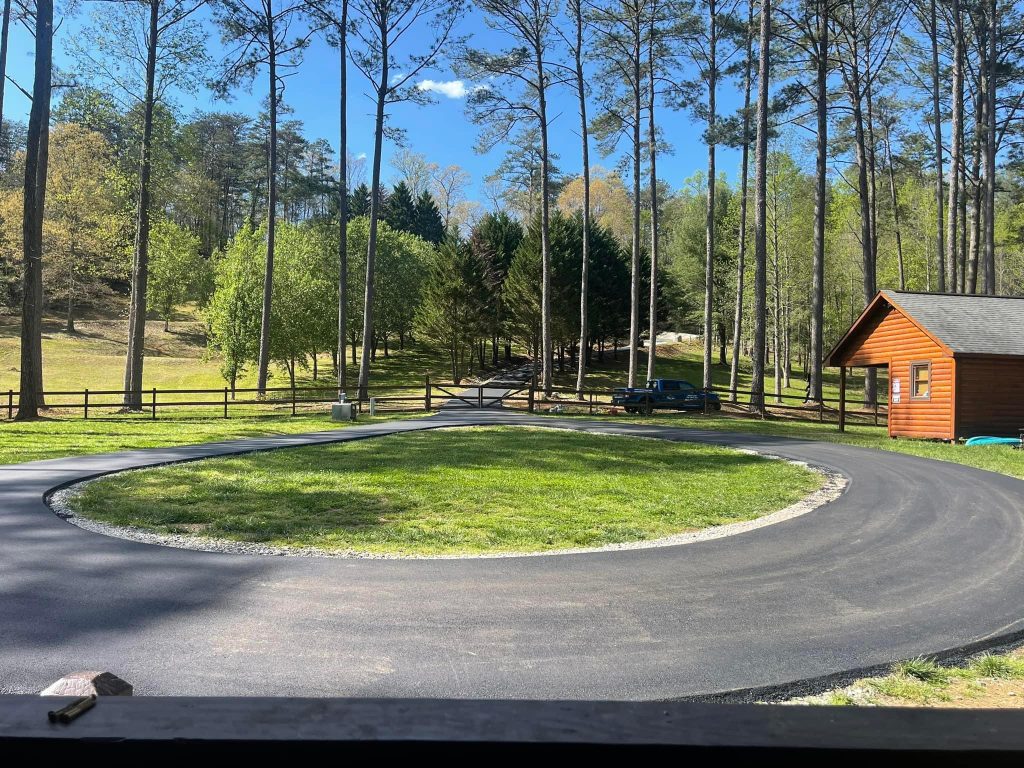The Cost of Ignoring Bad Pavement
Maintaining infrastructure is a shared responsibility among community leaders, urban planners, business owners, and residents. One critical aspect of infrastructure often neglected until the damage is too severe is pavement. Pavement plays a crucial role in ensuring a community’s safety, aesthetics, and functionality. We can prevent costly and lasting consequences by addressing pavement issues early and demonstrating a commitment to community well-being.
Safety Risks
One of the most significant dangers of neglecting deteriorating pavement is the threat to public safety. Cracked, uneven, or pothole-filled roads and sidewalks can cause accidents involving drivers, cyclists, and pedestrians. Vehicles hitting large potholes may experience tire blowouts, suspension damage, or alignment issues, leading to expensive repairs. Pedestrians navigating uneven sidewalks are at risk of tripping and injuring themselves, which can also result in legal liability for property owners. The longer these problems are ignored, the greater the risk becomes, potentially leading to severe accidents and costly lawsuits.
Increased Long-Term Costs
Although the cost of repairing or replacing damaged pavement might seem high initially, letting the problem worsen will inevitably lead to even greater expenses. Small cracks and potholes, if left untreated, often worsen due to water seepage, freeze-thaw cycles, and constant wear from vehicles. Simple repairs, such as filling small cracks, are relatively inexpensive, but delaying action can lead to extensive damage that requires more invasive and expensive procedures like full-depth reclamation or complete resurfacing. Ignoring pavement issues only compounds the damage, resulting in longer repair times and higher costs for businesses and roadways.
Economic Consequences
Neglected pavement also has a direct negative impact on a community’s economy. Poorly maintained parking lots and driveways can drive away customers, resulting in lost revenue for local businesses. Cracked surfaces and potholes can create a rundown appearance, giving potential customers a poor impression of the area. Additionally, bad roads slow traffic, cause excessive vehicle wear and tear and increase fuel consumption, further straining the local economy.
By investing in regular maintenance and timely repairs, communities can reduce safety risks, avoid increased long-term costs, and mitigate economic impacts, ultimately improving the quality of life for all residents.
